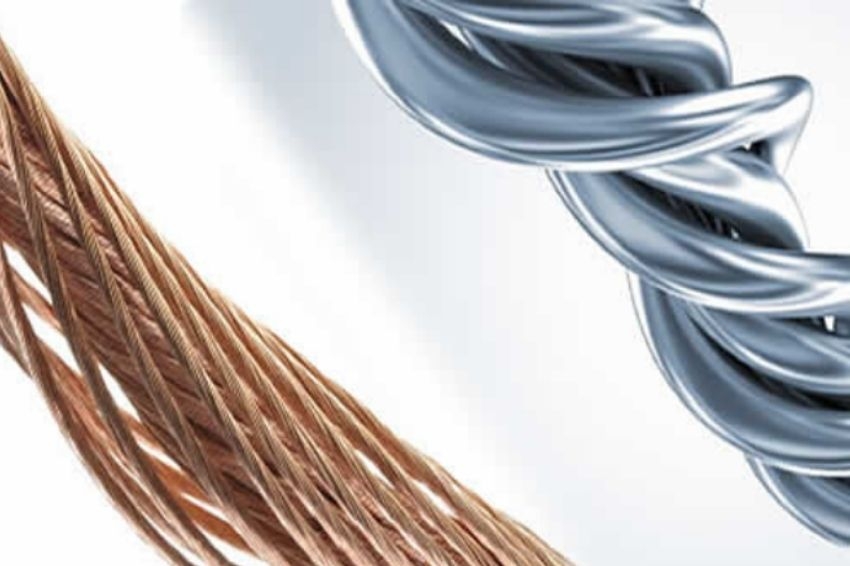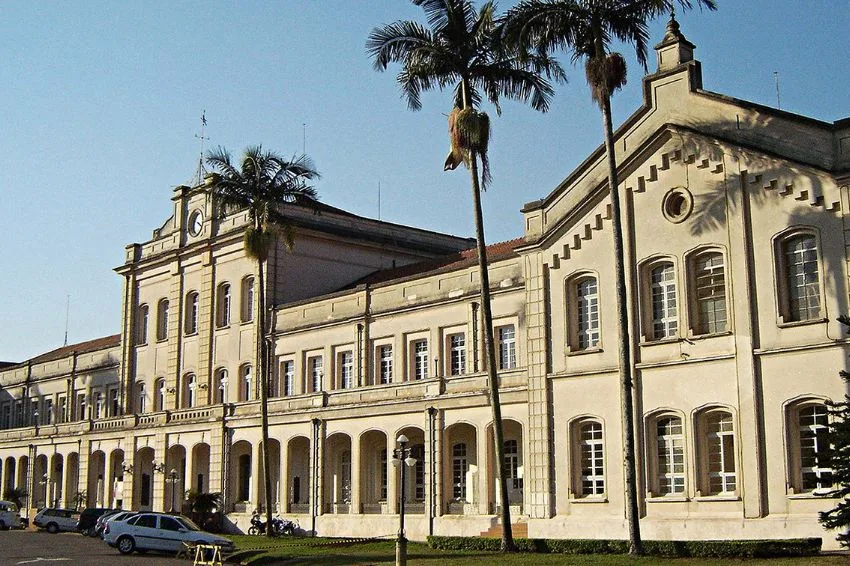The prices of inputs used in the manufacture of components that make up a photovoltaic system have increased in recent months. This increase is due to two main factors: the rise in prices at the base of the production chains and the shortages that the market is facing.
This is because the lack of predictability during the pandemic meant that industries, in general, had difficulty adequately planning their raw material stocks. As a result, the gradual recovery of the economy means that demand for products begins to put pressure on input prices in all sectors, including the solar photovoltaic market.
Among these inputs are copper and aluminum, used in the manufacture of components that integrate a photovoltaic system, such as fixing structures and cables.
According to LME (London Metal Exchange), the world center for the trade of industrial metals, in the last 30 days alone, copper increased by 3.53%, rising from U$/t 6,496.70 to U$/t 6,726.08 from August to September. While aluminum increased by 1,54%, going from U$/t 1,733.90 to U$/t 1,760.58, in the same period.
In addition to the rise in the price per ton of materials, such as copper and aluminum, the Brazilian photovoltaic market was impacted by the rise in the dollar, which showed a strong increase between March, when the Covid-19 pandemic began, until the beginning of September.
The increase was 10.51%, going from R$/US$ 4.85 to R$/US$ 5.36. As a result, aluminum, for example, jumped from R$/t 7,814.02, in March, to R$/t 9,436.70, in August. A high of 20,76%.
The rise in the dollar was motivated by several factors, including political instability, fiscal fragility and the fall in the Selic (Special Settlement and Custody System). In a scenario where there is a drop in the production of inputs, the result is an undersupplied market, that is, sky-high prices combined with a shortage of materials.
As a result, metals such as aluminum and copper, even though they are produced in Brazil and sold in reais, have their prices set considering the dollar and LME quotations.
High prices impact photovoltaic projects
Integrators point out that the prices of some components have increased. Cable prices, for example, increased by up to 80%.
“There was an increase, from March to August, of 60% of copper due to the factory shutdown due to the pandemic. There was a stop in production and now that production has resumed there is high demand. Furthermore, Chile, one of the largest producers of raw materials for copper manufacturing, stopped production due to the pandemic and political issues. This affected the price of the transformer which, for example, has copper and aluminum in its composition, as well as the circuit breaker”, says Leandro Moreira, owner of LM Projetos e Assessoria Elétrica.
Danilo Perdigão, quality manager at Bono Fotovoltaico, states that the rising price of inputs is already affecting projects financially. “We have four plants above 700 kWp, totaling 4 MWp, in progress. We are having difficulty finding medium voltage insulated cables, 20/35kV. In addition to the lack of cable on the market, prices increased by approximately 80%. Another problem is in the creation of the general low voltage panel, in addition, the buses increased by almost 80%”, says Perdigão.
With the increase in prices, integrators point to a drop in profitability. “The main impacts of this increase are the reduction in the percentage of contract closures in relation to budgets and, consequently, the reduction in profit margins”, says Jaime Alfredo Lima Silva, managing partner at Engisol.
“The main challenge is a reduction in the profit margin because when we send a preliminary proposal, we enter the values, but they are changing quickly. There's no way to pass it on to the customer, they don't understand. As a result, we ended up assuming the losses”, says Marcus Hagge, owner of Project engineering.
Aldo Pereira Teixeira, president of Aldo Solar, is also following the market movement. “We are scared by the price increases for copper, aluminum and glass. However, we still cannot say how much of an increase we will have. Our third quarter schedules are normal. All of this is very negotiated”, says the executive.
Edson Marasco, founder of MCM Solar Energy, comments on how the rise has affected the photovoltaic structures segment. “Due to the pandemic, many companies reduced their purchases and low demand forced plants to reduce the amount of metal produced, including the aluminum industry, which directly impacts the price of photovoltaic structures. Furthermore, the recovery was much faster than expected and there is not enough material for everyone at the moment, which is the reason for the increase in prices”.
“This price tends to stabilize over the months, probably in the first quarter of 2021 we will have normalized prices”, adds Marasco.















